
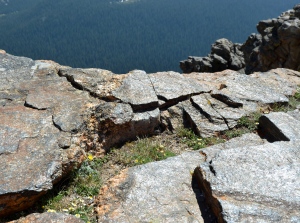
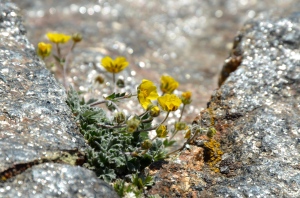

Also present (bottom left) a tiny saxifrage – Saxifraga caespitosa, the tufted alpine saxifrage

At over 12,000 feet the vegetation is described as Alpine tundra. Trees cannot survive at this height.

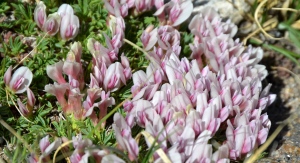
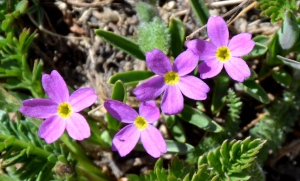

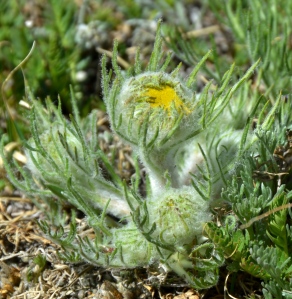

Mertensia alpina flowers opening bottom right.

Bottom right the small yellow Alpine Avens (Geum rossii / Acomastylis rossii turbinata).
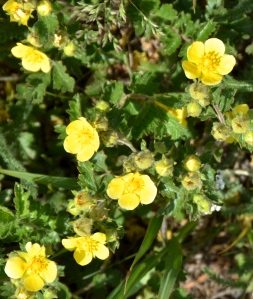




Leave a Reply